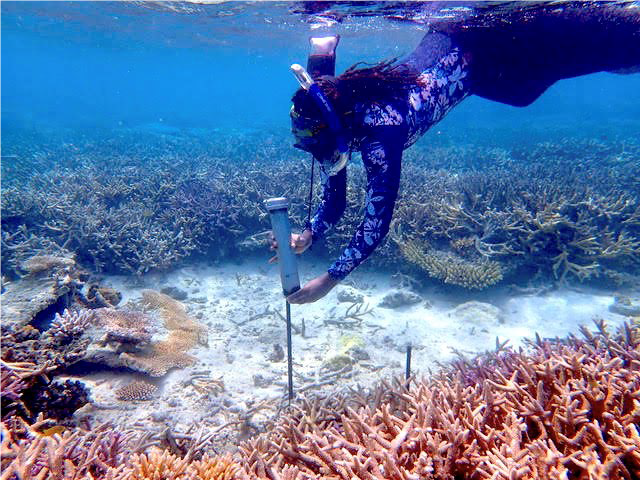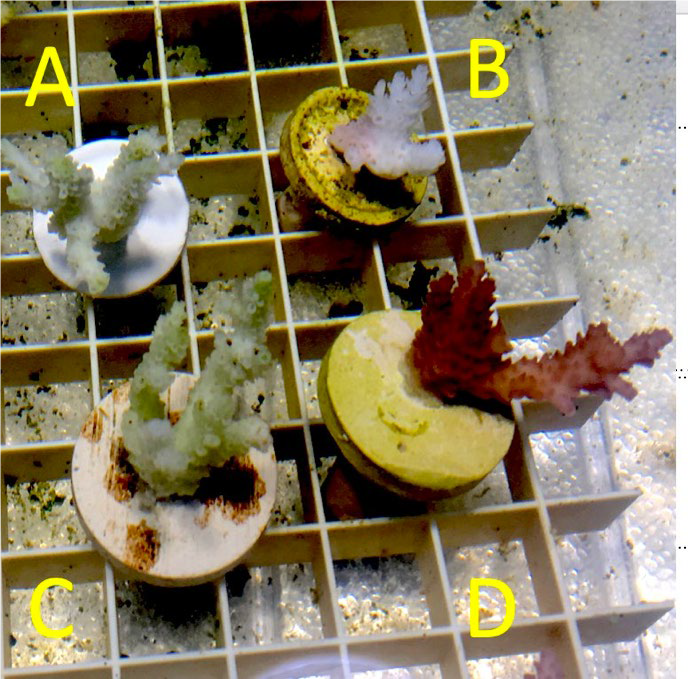With average sea surface temperatures increasing around the world, coral bleaching events are growing in extent and severity. More than two thirds of the corals in the Great Barrier Reef, the world’s largest coral reef, have already bleached. While the physiological consequences of coral bleaching are well-studied, we still don’t fully understand how bleaching happens on a cellular level.

Steve Palumbi at Stanford University is delving deeper into the mechanisms by which coral bleaching occurs. In 2018, Promega pledged $3 million over three years to the nonprofit Revive & Restore Catalyst Science Fund, to identify and develop advanced techniques for conservation, enhancing biodiversity, and genetic rescue. Palumbi was awarded the first grant from this fund to study the genomic stress trigger that causes corals to bleach in warming oceans.
Recent studies have shown a correlation between bleaching and activation of a heat shock response (HSR). Palumbi’s team tried manipulating HSR gene expression in corals using a panel of pharmaceuticals that were originally developed to act on the human HSR response for the treatment of diseases such as cancer. Although corals and humans are not closely related on the phylogenetic tree, the HSR is fairly well evolutionarily conserved, and transcriptome analysis showed that these drugs were able to modulate HSR gene expression in corals.
In a pilot study, Palumbi and his team found that using drugs to activate HSR corals can protect certain species of corals from bleaching under heat stress conditions. Corals were exposed to 34°C for three hours/day over a span of three days. Although treatment with a drug that increases a heat shock factor gene did not prevent bleaching in one species, in the other species the treatment caused the coral to be resistant to bleaching.

Future work will involve using a greater variety of pharmaceutical compounds that impact a larger number of genetic systems. The insights into the genetic mechanism of coral bleaching could be very valuable in identifying heat-resistant corals in breeding programs, as well as helping targeted genetic engineering efforts to modulate coral’s response to heat stress.
Latest posts by Julia Nepper (see all)
- Reliable DNA Purification from 3D Cell Cultures - November 18, 2019
- WiSciFest 2019: A Retrospective - October 21, 2019
- Anti-Cancer Drugs Are Pro-Coral - August 26, 2019
